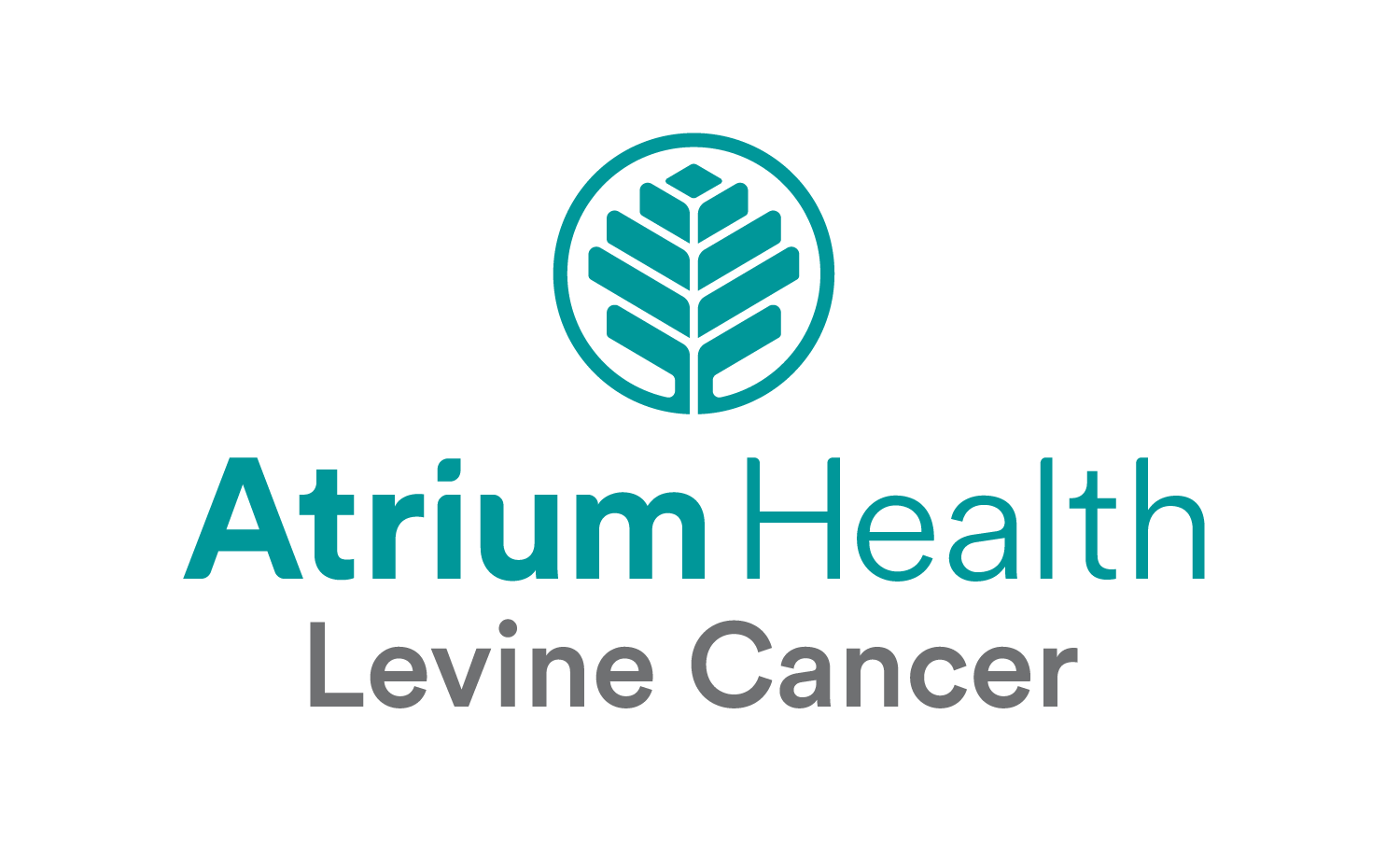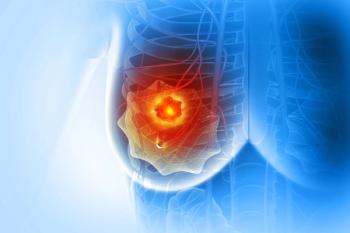
ASH 2024: Bispecific Antibodies Face Key Challenges for Implementation in Community Cancer Centers

Donald Moore discusses some of the obstacles that bispecific antibodies have faced in community cancer centers, including misconceptions coupled with a prevalent toxicity profile.
Donald Moore, PharmD, BCPS, BCOP, DPLA, FCCP, sits down for an interview with Pharmacy Times® regarding an abstract on the implementation of bispecific antibodies (BsAbs) in community cancer centers, set to be presented Saturday, December 7 at the 66th American Society of Hematology Annual Meeting and Exposition. Moore and his investigators found common fears and misconceptions among pharmacists, clinicians, and physicians across community cancer centers nationwide, including myths surround the utilization of BsAbs and concerns regarding the toxicity profile they may cary, such as a risk of cytokine release syndrome. Moore provides guidance on how pharmacists and treatment providers can address the lack of familiarity around this new class of drugs.
Pharmacy Times: What are some key points of the abstract you worked on, set to be presented at ASH 2024?
Donald Moore: Yeah, so this abstract comes from a collaboration between ACCC and several practitioners, clinicians from across the country, pharmacists, physicians, ABPs, practicing in both academic and community-based centers. What this sought to do was, we conducted some focus groups to determine the types of organizational resources that many centers perceive that they will need for implementing bispecific antibodies (BsAbs). The focus groups were multidisciplinary nature, and included pharmacists, physicians, ABPs, nurses, as well as some non-clinical roles, such as senior administration and financial advisors. What we really found was that there was a lot of different types of myths and misconceptions still out there regarding BsAbs; how they're supposed to be utilized, what you need to utilize them, as well as their adverse events and adverse event management.
Pharmacy Times: What are some of the key challenges and opportunities in implementing BsAb therapies in community cancer centers?
Moore: I think certainly some of the challenges do stem around the toxicity profile of these drugs, in that they can cause cytokine release syndrome (CRS) and neurotoxicity. This leads to the need for step-up dosing to mitigate that risk. There are some agents that do also have recommendations for hospitalization for monitoring for that risk as well, and with the initiation of therapy. That then leads to the need for specific types of infrastructure; that need for any sort of hospitalization, or the ability to do remote patient monitoring, that may be sometimes difficult for a lot of community-based cancer centers to have that capability. This may lead to them needing to partner with larger centers, which can create complexity with coordinating the care and initiating therapy for these patients.
The other aspect that came out, too, is experience. Many of these agents have some relatively niche indications right now: heavily pre-treated lymphomas, heavily pre-treated multiple myeloma, as well as the third line setting for small cell lung cancer, so many smaller centers may just not have the volume yet of patients requiring these therapies. This is, however, likely to change in the coming years, as more of these therapies get approved, they get approved across different tumor types, as well as when they make their way into earlier lines of therapy. I think that the general HemOnc community will gradually gain a lot more experience with these therapies.
Pharmacy Times: How can health care providers and institutions address the lack of familiarity with BsAbs and misconceptions around their safety profile?
Moore: One of the themes that really came out from the survey was the thinking that CRS with BsAbs was like that of chimeric antigen receptor (CAR) T-cell therapy, and that's as well as misconceptions of when CRS occurs in the timeline of a patient receiving a BsAb. So, especially thinking that they may occur in the maintenance phase of dosing, as well as being as severe and as high of an instance as that with CAR T-cell therapy, which are both relative misconceptions. I think that generally this may also have come up with those centers that were not providing this therapy quite yet. I think that with further education, we'll be able to address this lack of familiarity. I also feel that experience will go a long way with this drug class as well, as I previously mentioned. I think that cross-organizational coordination and education can be something that was identified in this focus group session that can be beneficial in addressing the concerns or regarding the lack of familiarity, as well as understanding how to manage adverse events.
Pharmacy Times: What factors should be considered when selecting the most suitable model for BsAb delivery in community cancer centers?
Moore: I think that some of the factors to really consider is going to be what's going to work best for your institution. Infrastructure and capacity to manage CRS is going to be really important, as I previously mentioned, and this can really be the difference between a community cancer center needing to refer a patient for step-up dosing and initiation to a larger center, versus their ability to be able to initiate that therapy and implement it themselves. That can lead to, of course, some coordination of care issues and logistical challenges for patients. I think the other major part is ensuring that your practice model for providing BsAbs is sustainable and financially viable as well.
Pharmacy Times: How can financial considerations, such as insurance coverage and drug pricing, impact the accessibility and affordability of BsAb therapies and community settings?
Moore: Certainly, prior to providing any BsAb, and really any drug in general in a cancer center, obtaining pre-authorization is going to be really important. I think the other major aspect is formulary and having specific drugs available. It may not be that every community cancer center needs to have every single BsAb available, and we now have different options between drug classes, within specific indications as well. One aspect that came out in the focus group session was that it may be more beneficial for community cancer centers that have not yet implemented BsAbs just to start their onboarding with one or two that may best fit their institutional capacity, and then try to grow from there.
Pharmacy Times: What are the key areas for future research to further optimize delivery and outcomes of BsAb therapies in community cancer centers?
Moore: I think there’s a lot of opportunity here for providing future research and literature. While we firstly have clinical trials that have demonstrated efficacy and safety of these therapies in a clinical trial population that obviously led to the approval of these drugs, we now also have a growing portfolio of real-world evidence to show that the safety and efficacy of these therapies is like that observed of an otherwise highly selected clinical trial population. That all being said, all that data and all that literature has really been conducted in larger academic centers. I think what we really do need is literature describing experiences of delivering these therapies from an operational perspective, particularly from community-based cancer centers. Much of that is really going to be very important, because it's going to be able to publish their experiences and their processes to demonstrate to other centers like that, that they too can safely and effectively implement these new therapies.
Newsletter
Stay informed on drug updates, treatment guidelines, and pharmacy practice trends—subscribe to Pharmacy Times for weekly clinical insights.














































































































































































































